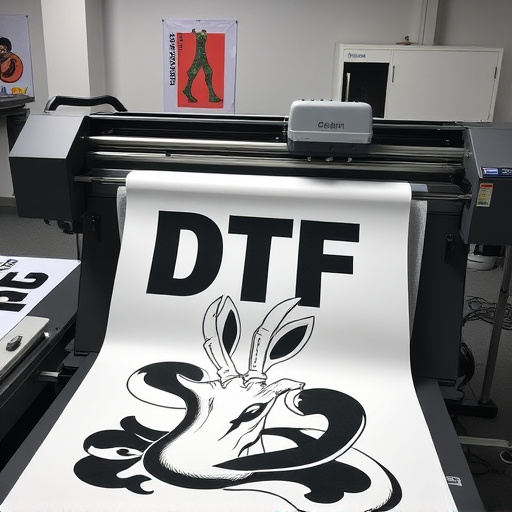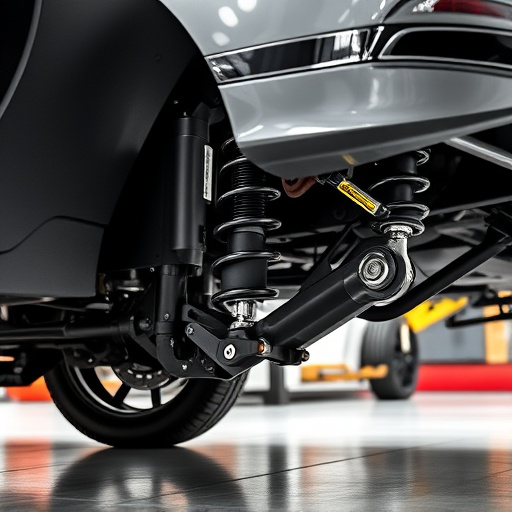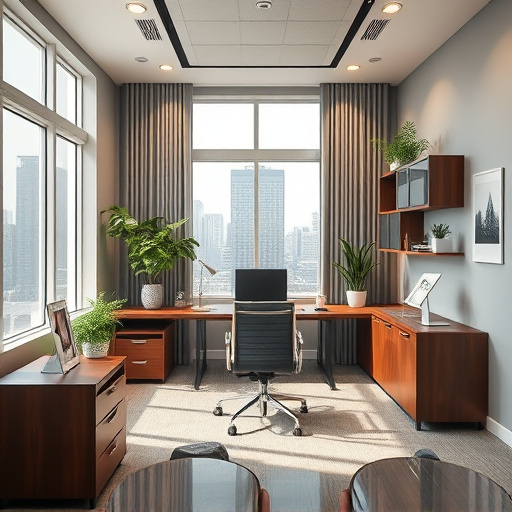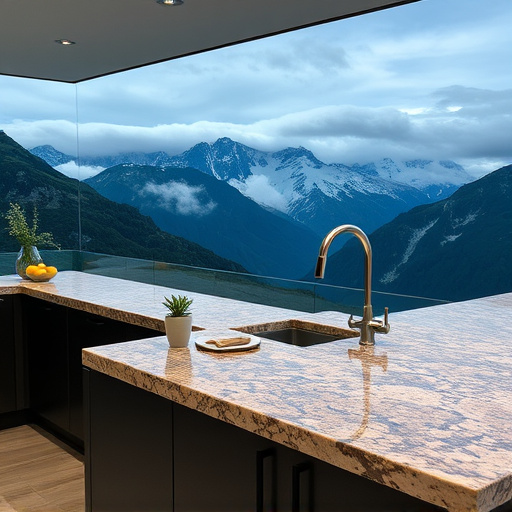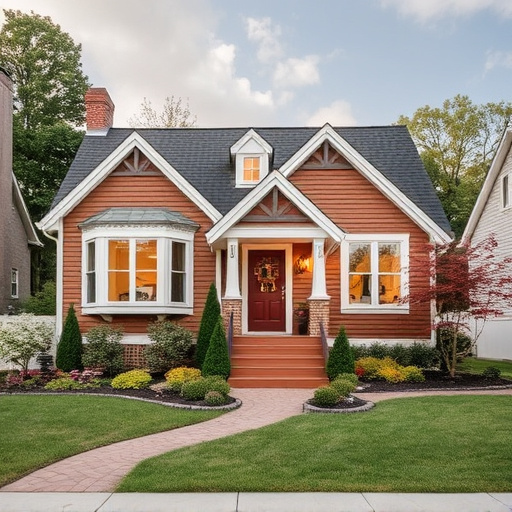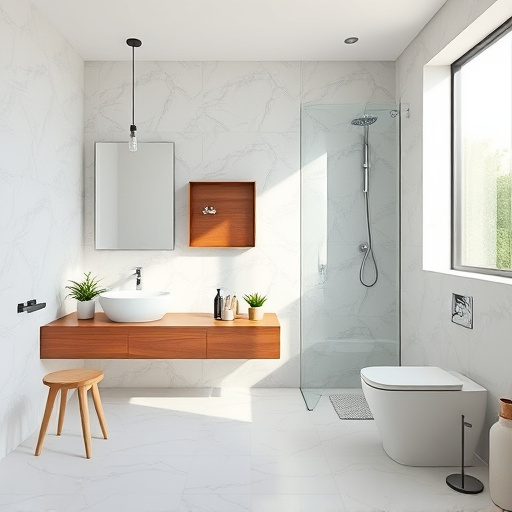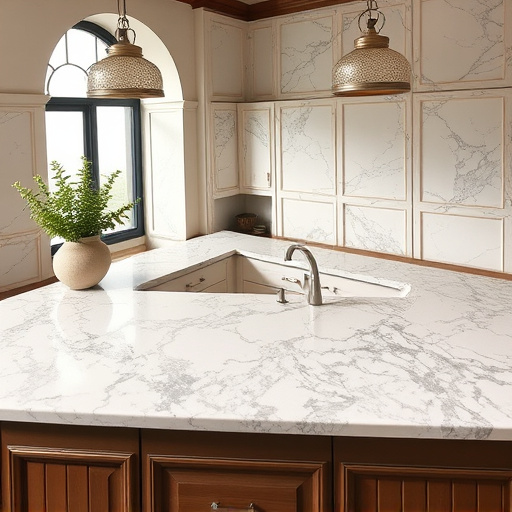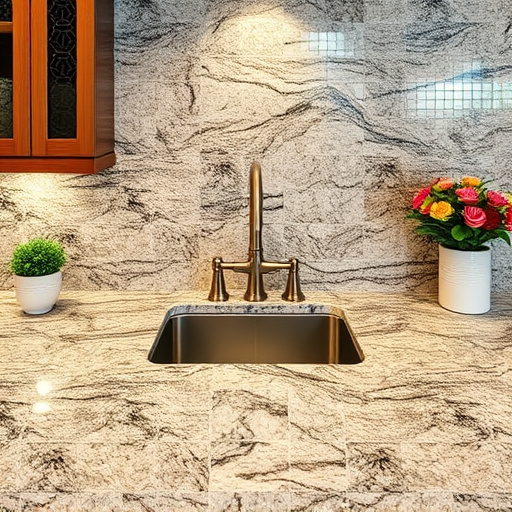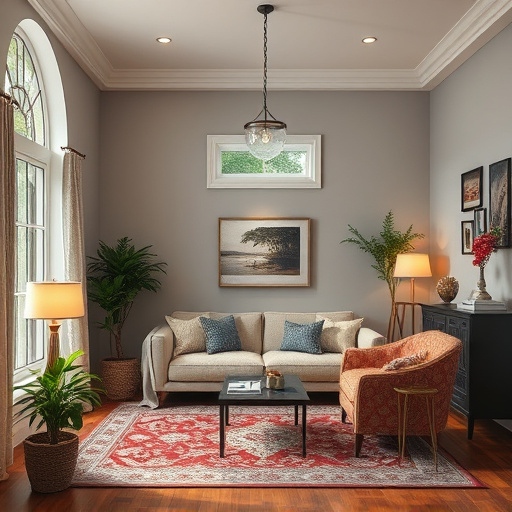Modern office interiors require strategic design to balance focus and collaboration. Open-plan layouts are mitigated by designated focus zones and customized renovations for diverse work styles. Effective lighting, natural light, and partitions enhance visual comfort, boosting productivity and well-being. A mix of open and focused areas, plus transformed home spaces, foster both individual concentration and group interactions.
In today’s dynamic work environment, designing effective office interiors is a delicate balancing act. This article explores how architects and designers are creating spaces that foster both individual focus and collaborative interaction. We delve into innovative strategies such as dedicated focus zones within open areas, collaborative design elements, and visual comfort techniques to minimize distractions. By integrating these principles, modern office interiors enhance productivity while nurturing creative synergy.
- Balancing Act: Focus Zones Within Open Spaces
- Collaborative Design: Amenities that Encourage Interaction
- Visual Comfort: Strategies for Reducing Distractions
Balancing Act: Focus Zones Within Open Spaces
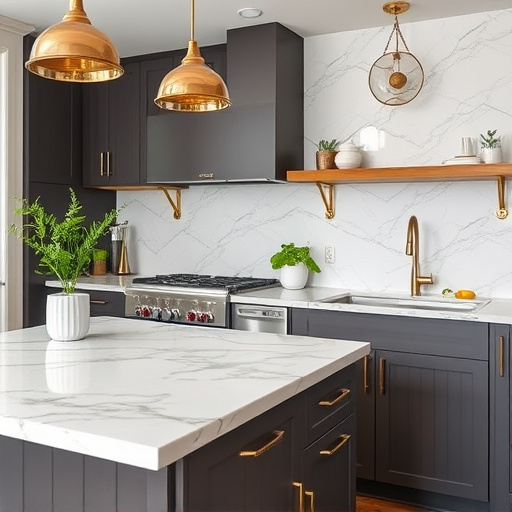
In modern office interiors, achieving a balance between focus and collaboration is an art. Open-plan layouts, while promoting teamwork, can sometimes hinder individual concentration. To mitigate this, strategic focus zones within these expansive spaces are essential. These designated areas provide employees with quiet nooks where they can immerse themselves in deep work, free from interruptions. Customized home renovations play a pivotal role here; transforming sections of the office into private compartments or soundproofed rooms allows for personalized workspace configurations.
By integrating such variations, offices can cater to diverse work styles and tasks effectively. For instance, a dedicated quiet zone near the central collaboration space caters to those who thrive in serene environments, while open areas encourage interactive sessions. This thoughtful approach ensures employees have control over their surroundings, fostering productivity and overall job satisfaction, much like how a well-planned kitchen remodel enhances the culinary experience at home.
Collaborative Design: Amenities that Encourage Interaction
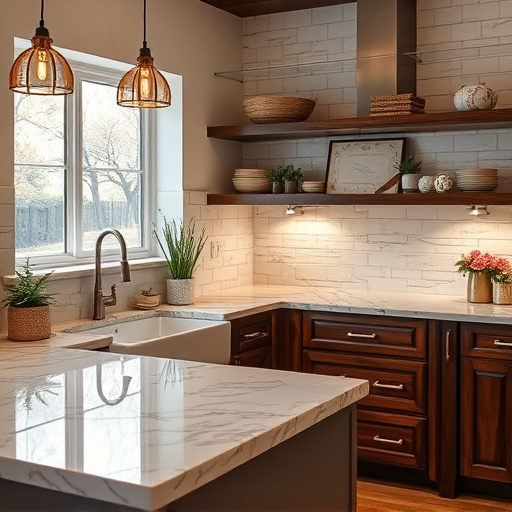
In the realm of office interiors, designing spaces that foster both focus and collaboration is a delicate dance. Collaborative design goes beyond aesthetics; it involves selecting amenities and layouts that actively encourage interaction among employees. Open-plan offices, for instance, offer a shared, bustling environment where ideas can freely flow and team projects thrive. These spaces are not just about eliminating walls; they’re designed with strategic considerations, such as introducing custom-made work stations that promote both individual concentration and serendipitous chats.
Moreover, incorporating dedicated collaboration areas, like cozy break-out rooms or re-purposed kitchen spaces (a result of renovation services), can create a sense of community within the office. These areas encourage informal gatherings, team building activities, and spontaneous brainstorming sessions. Just as important as the physical layout is the integration of amenities that cater to diverse work styles, ensuring every employee feels supported in their efforts to balance focused work with collaborative opportunities.
Visual Comfort: Strategies for Reducing Distractions
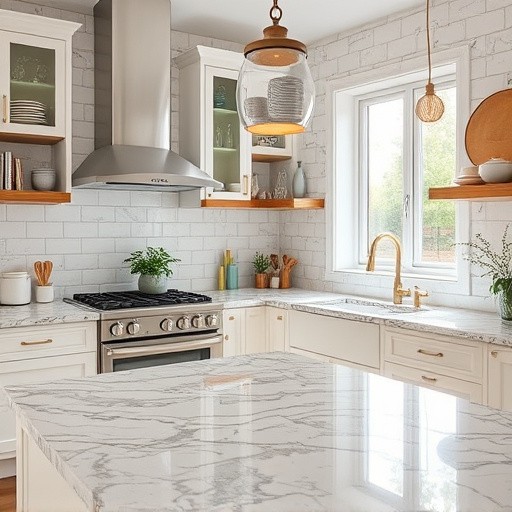
In designing office interiors that balance focus and collaboration, visual comfort plays a pivotal role. To reduce distractions, consider incorporating strategies like soft, diffused lighting instead of harsh direct light. Utilize natural light as much as possible through large windows or skylights, which have been shown to enhance productivity and well-being. Additionally, implement strategic placement of screens and partitions to create visual breaks without blocking essential interactions. A blend of open spaces and focused areas, achieved through thoughtful furniture arrangement, can further foster a productive yet calming atmosphere.
Beyond office interiors, home improvement services focusing on functional spaces can also contribute to better collaboration. Remodeling bathrooms or other common areas to include ergonomically designed seating and collaborative tools encourages informal discussions and builds team camaraderie. These enhancements ensure that the physical environment supports both individual concentration and group interactions, ultimately creating a more productive and satisfied workforce.
Office interiors designed with both focus and collaboration in mind can create a productive and dynamic work environment. By implementing strategies such as dedicated focus zones within open spaces, collaborative amenities, and visual comfort measures, businesses can foster an optimal setting for their workforce. These thoughtful designs not only enhance employee satisfaction but also drive overall performance, ensuring that modern offices remain vibrant hubs of creativity and innovation.
